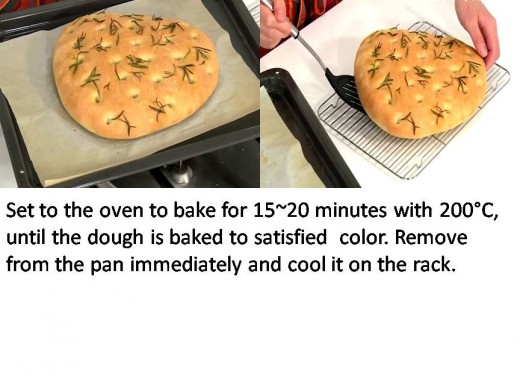 |
| The entrance. |
What is Ningle (Ninguru ニングルin Japanese)?
Ningle is a 15cm height fairy that lives in the forest that believed by Ainu people, Ningle also appeared to be a title of a book, and also known as (The Wisdom of Forest) from its original meaning.













